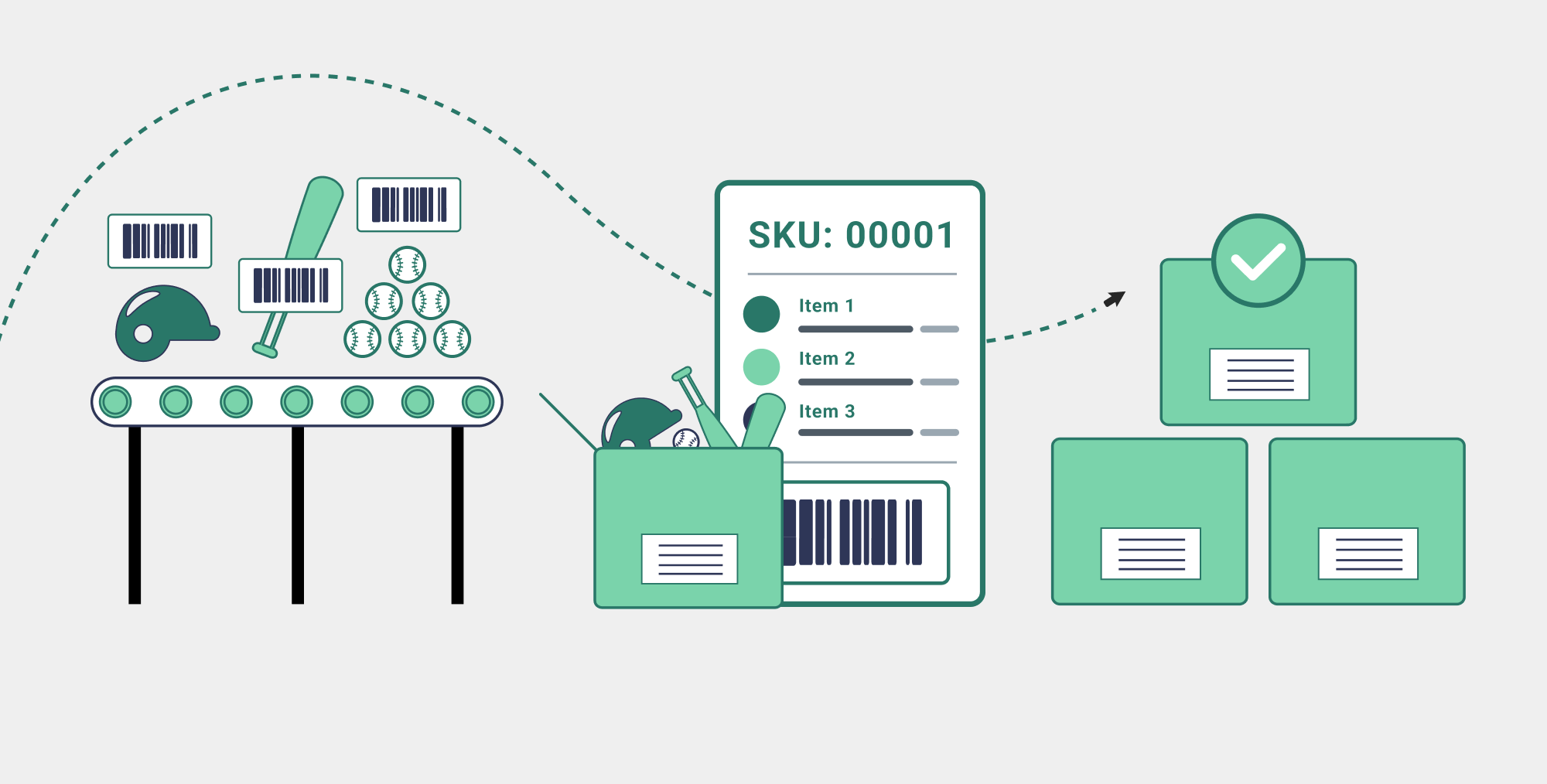Embracing the Omnichannel Revolution in Retail

Omnichannel retail is reshaping the way we shop, blending technology with changing consumer habits to create a seamless buying experience. A recent report by ShipStation reveals that this approach allows customers to switch between online and in-store purchasing effortlessly, marking a significant shift in the retail landscape.
A striking example of this shift is the $15 billion of online sales that rely on physical stores. This figure shows how traditional shops play a crucial role in supporting online commerce. They’re not just places to buy products but also serve as pick-up points for online orders, returns centres, and spaces for customers to touch and feel products before purchasing online. This blend of physical and digital shopping highlights the importance of having both an online presence and physical stores in today’s retail world.
The Merchant’s Dilemma
The balance between shopping in-store (46%) and online (54%) reflects changing consumer preferences. More people are shopping online for the convenience it offers, like shopping from home at any time. However, nearly half still value the in-store experience. This balance shows retailers need to be flexible and offer both options to meet everyone’s shopping habits. Strategies are evolving to cater to this blend of preferences, ensuring buyers can shop how they want, when they want, in a smooth omnichannel experience.
However, sellers face their own challenges, with 37% concerned about rising costs. These include the expense of maintaining both physical stores and online platforms, as well as the costs associated with fast delivery options consumers now expect. This pressure is pushing retailers to rethink how they operate, finding efficient ways to reduce costs while still offering the high-quality service customers demand through omnichannel strategies.
Meeting the Omnichannel Expectations
The Ecommerce Delivery Benchmark Report 2024 uncovers that a key challenge is weak customer demand, cited by 31% of merchants, alongside increased competition (27%). With so many options available, customers can easily shop around for the best deal or the most convenient service. This situation forces sellers to be more creative in attracting and keeping customers. They’re adopting new omnichannel strategies like personalised marketing, loyalty programs, and exclusive online content to stand out from the competition and boost demand.
Buyers have clear expectations for delivery times, with a 3-day or 4-day window being the most acceptable. This expectation puts pressure on retailers to streamline their logistics to ensure fast and reliable deliveries. Sellers are investing in advanced logistics solutions and partnering with efficient delivery services. The goal is clear: match the pace of shopper expectations to ensure satisfaction remains high.
Alongside speedy deliveries, transparency throughout the delivery process is another key buyer expectation. With 80% of consumers desiring at least four updates per order, effective communication has become a cornerstone of customer satisfaction. Retailers are responding by implementing advanced tracking systems that provide real-time updates and utilising messaging services to keep customers informed at every stage of their order journey. This level of transparency not only enhances customer satisfaction but also builds trust between the shopper and the retailer.
Rethinking Retail Interactions
The preference for physical returns by 49% of shoppers signals an ongoing desire for in-person service interactions within the omnichannel ecosystem. This preference underscores the importance of physical stores as part of the retail experience, offering a touchpoint for customers to engage directly with brands. Sellers are adapting by ensuring their in-store return processes are as customer-friendly as their online systems, recognising the value of personal interaction in building brand loyalty.
Flexibility and the Future of Omnichannel
The evolving landscape of return policies and buyer openness to change highlight the need for retailers to be flexible in their approaches. Consumers’ willingness to embrace different return policies, including paid returns under certain conditions, presents an opportunity for sellers to innovate their return processes. By offering options like in-store credits, simplified return procedures, and even loyalty points for returns, merchants can enhance the customer experience while also encouraging repeat business.
The Ecommerce Delivery Benchmark Report 2024 offers insights into the importance of adapting omnichannel strategies in response to emerging trends and challenges. Merchants must place the customer at the centre of their operations, leveraging technology like AI and embracing flexibility to meet and exceed expectations. In doing so, they ensure they not only survive but thrive. The future of retail lies in the hands of those who are willing to innovate, adapt, and commit to delivering exceptional omnichannel experiences.
Download the full Ecommerce Delivery Benchmark Report 2024 now.




